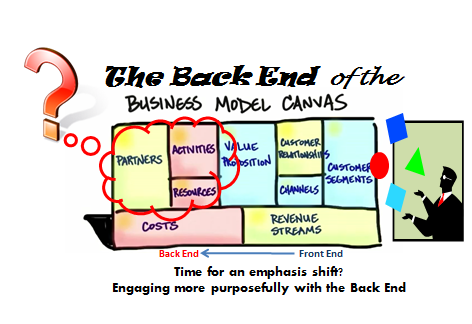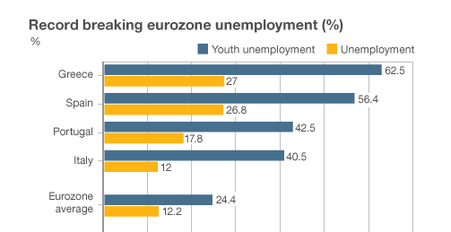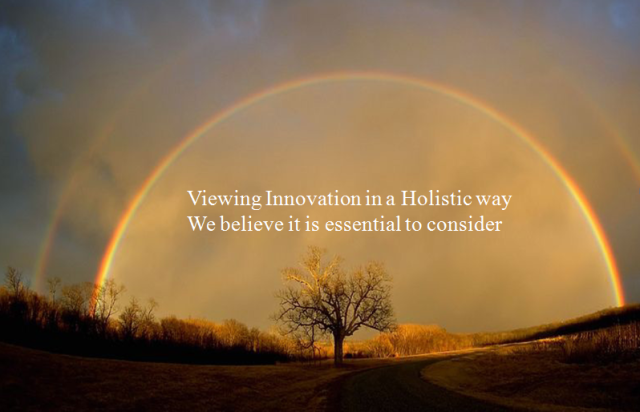I think nearly every significant business consulting firm has written about their thoughts on business model innovation. I was reviewing the number of articles I have collected about this and it is becoming mind-boggling how so much advice can be offered and can still make sure it leaves you in deeper conflict and confusion than before.
I’m talking here more about the larger, more established organizations confusions on approaching business model innovation, not the start-ups or the younger businesses. We struggle to get an established well defined approach to approaching business models in these more established organizations. I think there are multiple reasons and I’ve touched on some in past posts.
Is help on the way or are we about to layer on more confusion?
I know there are plans on there way where the combined minds and efforts of Henry Chesbrough, Steve Blank and Alexander Osterwalder are entering the fray even more, in a new educational offering at UC Berkley in late October. I think there is ‘stand-alone’ modules as well in their respective works, especially over at Strategyzer, Alex’s mix of tools, software, academy and on- line resource around the BMI.
Their focus at this Berkley short course will be on developing new sources of growth, by helping companies figure out ways to drive the development of new business models within their company.



